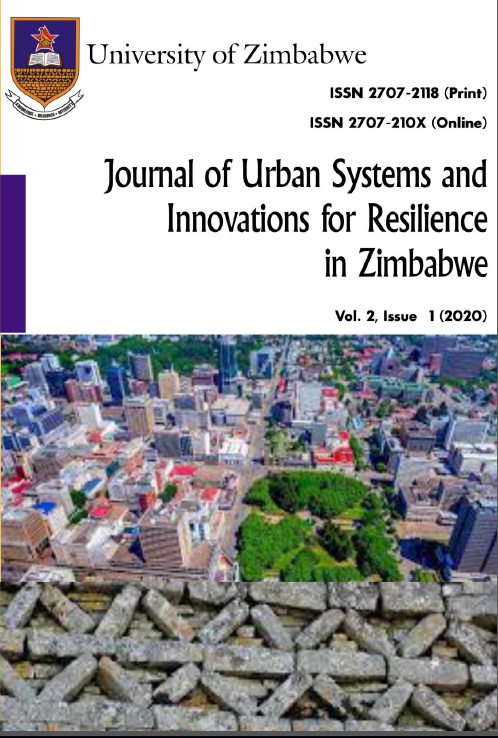Cultivating Urban Resilience with Some Lessons for Zimbabwe: A Focus on the Efforts in Nutrient Removal and Recovery Technologies in Sub-Saharan Africa
Keywords:
wastewater treatment, water reclamation, phosphates, nitrogen, eutrophicationAbstract
This article aims to examine the wastewater footprint in Sub-Saharan Africa (SSA), focusing on nutrient removal and recovery technologies and how they can be harnessed to efficacy. The SSA region lags in nutrient removal and recovery technologies with regards to wastewater treatment. This is evidenced by such problems as eutrophication and poor water quality. Such inefficiency is explained by various factors which include financial problems and lack of technological skills and political willpower. Although some countries, such as South Africa and Namibia, have adopted modern technology in the reclamation of water, most of the countries within the region are tied down by obsolete technologies in wastewater treatment for the removal and recovery of nutrients. As such, the most practical technologies which may be adopted are the biological nutrient removal technologies being complemented by constructed wetlands techniques, which is surmised as green infrastructure. Nonetheless, this may be encouraged by North-South cooperation as well as effective public-private partnership initiatives




